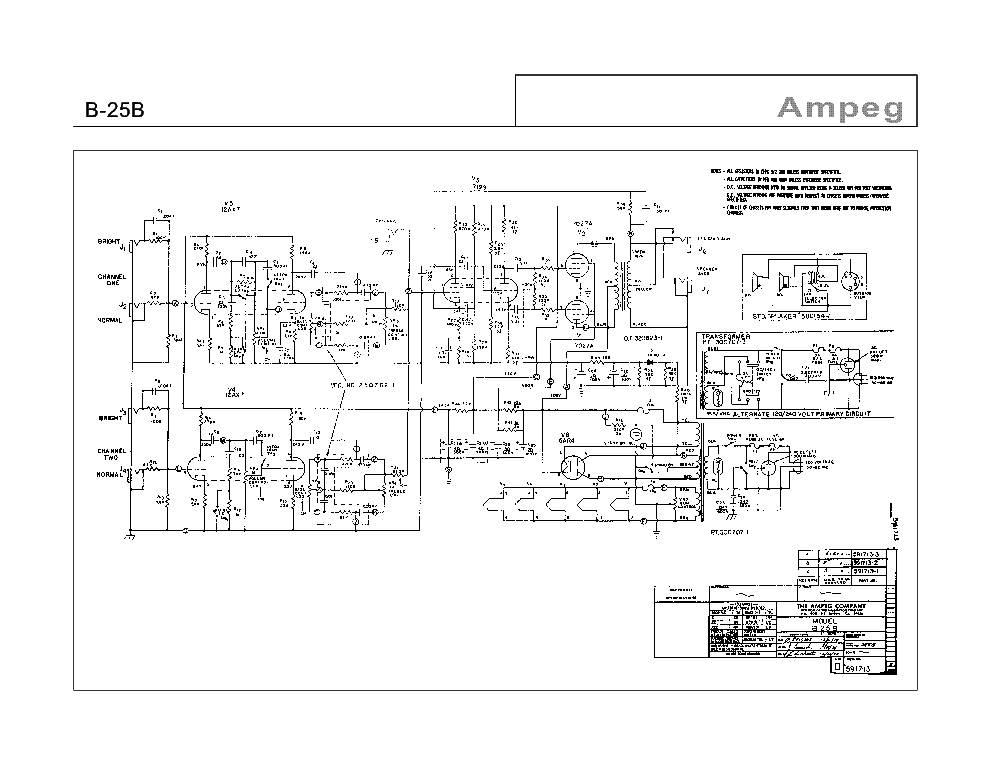

The switch is trying to ensure the router only has a single entry for the group, regardless of how many active listeners there are. Joins and leaves heading upstream to the router are filtered so that only the minimal quantity of information is sent. IGMP snooping with proxy reporting or report suppression actively filters IGMP packets in order to reduce load on the multicast router.

IGMP general queries from the querrier must be unconditionally forwarded by all switches involved in IGMP snooping. The querier with the lowest IP address is given the role. IGMPv2 and IGMPv3 contain provision for selecting a querier when multiple are available. Some IGMP snooping implementations include full querier capability. Without a querier IGMP membership reporting may be incomplete and the tables associating member ports and multicast groups are potentially incomplete and snooping will not work reliably. In order for IGMP, and thus IGMP snooping, to function, a multicast router must exist on the network and generate IGMP queries. This is why RFC4541 on IGMP snooping carries only an informational status this despite actually being referred to in other standards work, such as RFC4903, as normative. This means that there is no clear standards body responsible for this technique. IGMP snooping, although an important technique, overlaps two standards organizations, namely IEEE which standardizes Ethernet switches, and IETF which standardizes IP multicast. Snooping is therefore especially useful for bandwidth-intensive IP multicast applications such as IPTV. IGMP snooping allows a switch to only forward multicast traffic to the links that have solicited them. IGMP snooping takes place internally on switches and is not a protocol feature. It provides switches with a mechanism to prune multicast traffic from links that do not contain a multicast listener (an IGMP client).Įssentially, IGMP snooping is a layer 2 optimization for the layer 3 IGMP. IGMP snooping is designed to prevent hosts on a local network from receiving traffic for a multicast group they have not explicitly joined. When purposefully exploited, this can form the basis of a denial-of-service attack.


Multicast can cause unnecessary load on host devices by requiring them to process packets they have not solicited. A switch will, by default, flood multicast traffic to all the ports in a broadcast domain (or the VLAN equivalent).


 0 kommentar(er)
0 kommentar(er)
